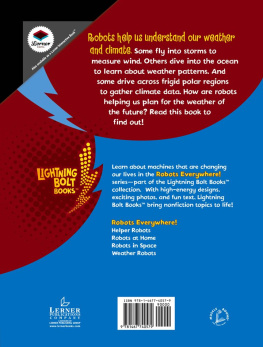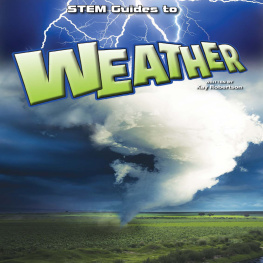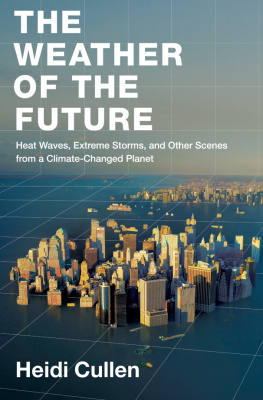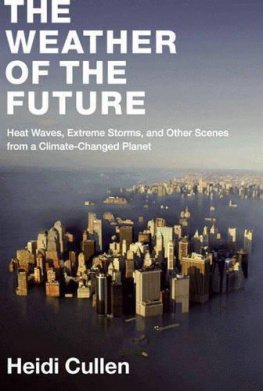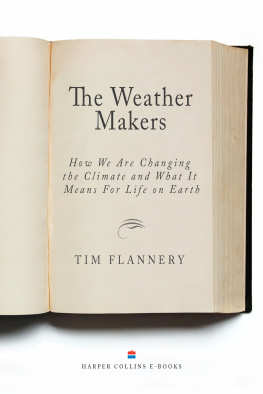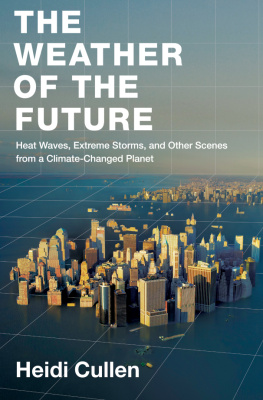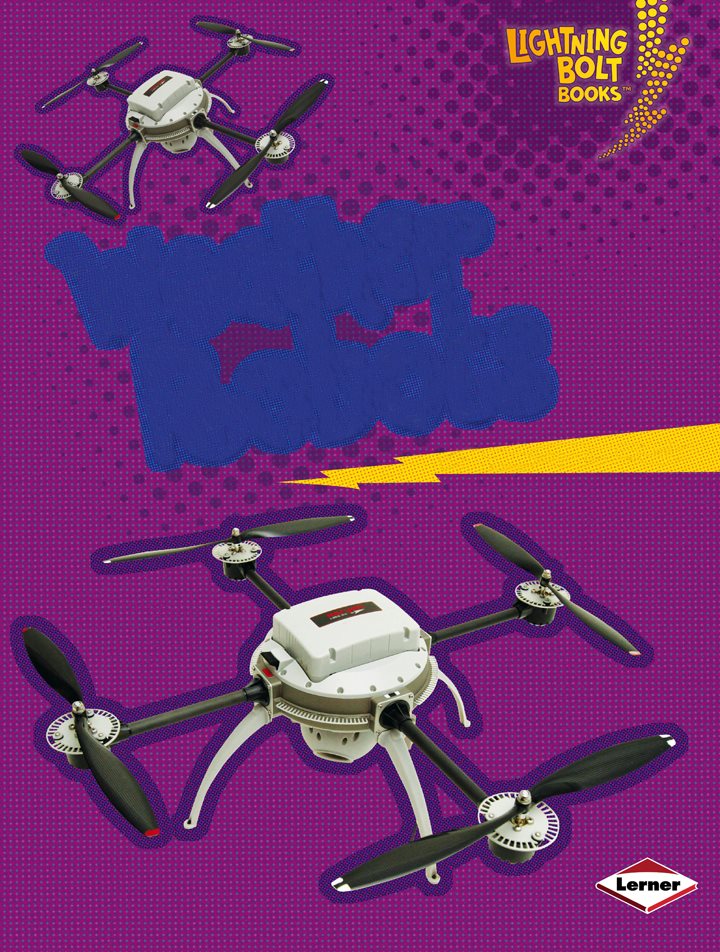Weather
Robots
Christine Zuchora- Walske
Copyright 2015 by Lerner Publishing Group, Inc.
All rights reserved. International copyright secured. No part of this book may be reproduced,
stored in a retrieval system, or transmitted in any form or by any meanselectronic, mechanical,
photocopying, recording, or otherwisewithout the prior written permission of Lerner Publishing
Group, Inc., except for the inclusion of brief quotations in an acknowledged review.
Lerner Publications Company
A division of Lerner Publishing Group, Inc.
241 First Avenue North
Minneapolis, MN 55401 U.S.A.
For reading levels and more information, look up this title at www.lernerbooks.com
Cover photo: The Aeryon Scout gathers weather information and sends real-time videos of the
weather conditions to its pilot on the ground.
Library of Congress Cataloging-in-Publication Data
The Cataloging-in-Publication Data for Weather Robots is on file at the Library of Congress.
ISBN 9781467740579 (LB)
ISBN 9781467746939 (EB)
Manufactured in the United States of America
1 BP 7/15/14
Table of Contents
What Is
a Robot?
Robots are machines that do
work. They use sensors to learn
about the world around them.
This robot collects
data from the sea.
Weather robots collect data
about our environment.
Some help predict weather.
Some weather robots use
sensors to measure wind
speed.
Others use sensors to
measure temperature.
Large robots
can carry many
sensors at once.
Weather robots fly, swim, and
drive. They need energy to
move. This energy can come
from gas or batteries. Or it can
come from sunlight or wind.
A robot needs a brain. Its brain
is a computer. The computer
contains a program. Programs
tell robots what to do. Climate
scientists create programs.
Weather robots help us
understand weather. They also
help us study climate change.
Scientists use data
from robots to help
predict storms.
Flying
Robots
Some weather robots fly. They
are called UAVs. UAVs are small
airplanes or helicopters.
Pilots and scientists
control UAVs and read
data from the ground.
UAVs do not carry people.
They carry only sensors. Some
of these measure temperature.
Others measure wind and
humidity.
Flying into storms is dangerous.
But some UAVs can fly in rough
weather. They gather data.
Scientists study this data. They
learn how storms form.
Small, tough UAVs
can survive storms.
This UAV carries
sensors under its
left wing.
UAVs are very useful for studying
storms. Ground sensors measure
only what passes above them.
But UAVs can follow storms.
UAVscanevenfollowhurricanes!
Strong winds and rain dont
stop these robots.
This red line shows
the path of a UAV
through a hurricane.
Scientists program
some UAVs to fly
like bees.
Some robots can
fly like insects.
Bees fly well in bad weather.
They fly slowly. They roll
often. This keeps them stable
in high winds.
Swimming
Robots
Some weather robots swim.
They record ocean currents.
Ocean currents carry heat.
They affect weather around
the planet.
Currents carry warm
water from the
Atlantic Ocean to
northern Europe.
This robot rises
and sinks in place
to collect data
from the ocean.
Some ocean robots float in place.
They measure temperature and
salinity. Salinity is the saltiness
of water.
Otheroceanrobotschasehurricanes!
Hurricanes are so big they
can be seen from space.
Some robots chase hurricanes
under water.
They swim toward
the storm. They help scientists
predict where hurricanes will go.
Robots called gliders
travel under water.
This robot travels using
power from the sun.
Other robots stay on the surface.
They carry sensors into the
middle of hurricanes.

